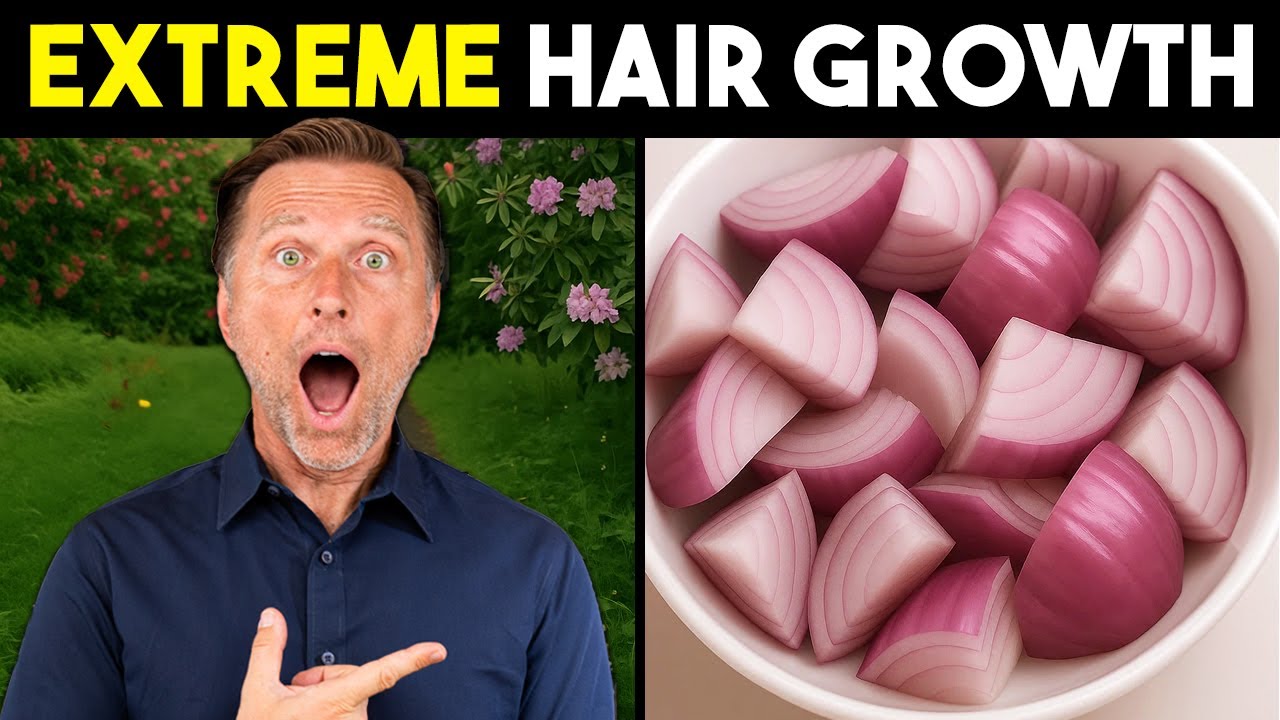In today’s processed food landscape, brightly colored snacks, cereals, and beverages seem to leap off store shelves. But behind their eye-catching appearance lies a growing concern: artificial food dyes. Despite mounting research linking these synthetic colors to health risks, they continue to be used widely in the U.S.—often in products marketed to children. As a nutritionist and chef committed to health-focused eating, I believe it’s time to shine a light on what food dyes really do to our bodies—and explore safer, natural alternatives that not only enhance flavor and appearance but also support our well-being.

What Are Artificial Food Dyes?
Artificial food dyes are synthetic pigments derived mostly from petroleum. Common examples include Red No. 40, Yellow No. 5, and Blue No. 1—ingredients you’ll find in many candies, cereals, sodas, and baked goods. While these additives are “certified for use” by the FDA, they are not held to pharmaceutical-grade standards. This distinction matters.
Pharmaceutical-grade substances undergo rigorous purification and testing for safety and consistency. Many synthetic food dyes, however, contain impurities and byproducts that haven’t been fully studied for long-term human health impacts.

Why Are These Dyes Still in Our Food?
One of the most alarming realities is that the food industry largely self-regulates its use of dyes. Although the FDA requires basic safety data, the responsibility of conducting long-term toxicology testing often falls on the companies themselves. This system raises concerns of bias, especially when former food industry executives move in and out of FDA positions—a phenomenon often referred to as the “revolving door.”
In 2021, a petition was filed to ban Red No. 3, a dye classified as a carcinogen in small amounts. It was prohibited for use in cosmetics but remains legally permitted in foods like children’s breakfast cereals and candies.
The Psychological Power of Color in Food
Why risk public health for color? Because color sells. Research shows that certain colors can stimulate appetite, enhance perceived flavor, and even increase portion intake. For example, vibrant orange hues in packaged macaroni and cheese can suggest richness and creaminess, even if the ingredients don’t deliver the same nutritional value.
When Kraft removed artificial dyes from its mac and cheese in some international markets, sales dropped significantly—leading to the reintroduction of synthetic colors. Clearly, visual appeal is a driving force in food marketing, even at the expense of health.
Health Risks Linked to Food Dyes
Numerous studies have linked artificial dyes to a range of health concerns, especially in children. These include:
- Hyperactivity and ADHD-like symptoms
- Behavioral changes and irritability
- Neurotoxicity
- Allergic reactions
- Increased oxidative stress
- Potential carcinogenic effects
- Gastrointestinal inflammation (leaky gut)
When combined with other additives like preservatives, the harmful effects may be amplified. Some dyes are bioaccumulative, meaning they can build up in the body over time, especially when consumed regularly.

Europe vs. the United States: A Regulatory Divide
Several dyes permitted in U.S. foods are banned or strictly regulated in Europe. European products often use plant-based coloring alternatives such as beetroot, paprika, turmeric, or annatto. In many cases, multinational companies sell different versions of the same product in Europe and the U.S.—the European versions typically free of artificial dyes.
This disparity calls into question the regulatory rigor of the U.S. system and highlights the influence of industry lobbying on public policy.
The Benefits of Natural Pigments
Not all pigments are harmful. In fact, natural food pigments often act as antioxidants, supporting cellular health and reducing inflammation. Consider these nutrient-rich examples:
- Lycopene in tomatoes: A powerful antioxidant linked to heart and prostate health.
- Chlorophyll in leafy greens: Supports detoxification and may aid in wound healing.
- Astaxanthin in wild salmon: One of the most potent anti-inflammatory compounds known.
- Beta-carotene in carrots and sweet potatoes: A precursor to vitamin A, essential for eye and skin health.
- Anthocyanins in berries and red cabbage: Shown to improve brain health and cardiovascular function.
Even egg yolks from pasture-raised hens contain carotenoids that contribute to their rich golden color and provide immune-boosting nutrients.
Animals raised on natural, herb-rich diets—such as grass-fed cattle and lamb—produce meat richer in phytonutrients, antioxidants, and healthy fats. These natural pigments signal nutrient density, not just cosmetic appeal.
The Curious Case of Methylene Blue: A Synthetic Exception?
Interestingly, there is one synthetic dye that is showing promise as a therapeutic agent: methylene blue. Originally developed as a pharmaceutical, this compound is chemically distinct from typical food dyes.
Methylene blue has been studied for its ability to:
- Support mitochondrial function
- Reduce oxidative stress
- Enhance brain energy metabolism
- Aid in neurological conditions like Parkinson’s and Alzheimer’s
- Treat infections and improve cellular resilience
Because it is manufactured to pharmaceutical standards, methylene blue does not carry the same toxic byproducts as common food dyes. It’s also non-bioaccumulative and is efficiently excreted by the kidneys. However, this compound should only be used under medical supervision and is not intended for general food use.

Practical Tips to Reduce Artificial Dye Exposure
Here are expert strategies to avoid harmful dyes without compromising on color or enjoyment:
- Read ingredient labels carefully. Look for “Red 40,” “Yellow 5,” and other numbered dyes.
- Choose certified organic products, which do not permit artificial dyes.
- Opt for naturally colored alternatives. Brands like Annie’s, Nature’s Path, and Thrive Market offer dye-free options.
- Make snacks at home using ingredients like beet juice, turmeric, matcha, or spirulina for vibrant, safe coloring.
- Involve kids in colorful cooking with whole foods—like rainbow veggie wraps, fruit kabobs, or smoothies with blueberries and mango.
The Bottom Line
Artificial food dyes are more than just cosmetic additives—they are substances with documented risks and minimal nutritional value. Their presence in the modern food supply is a result of marketing priorities, not health considerations.
As consumers, we have the power to choose foods that nourish, not deceive. Prioritizing naturally pigmented whole foods not only protects your health but also enhances your energy, brain function, and resilience against chronic disease.
Ready to Make the Switch?
Start by exploring your pantry and making one small change today—swap out a colored cereal or snack for a whole-food alternative. If you’d like help designing a colorful, health-optimized meal plan for your family or lifestyle goals, feel free to reach out for a personalized consultation. Your plate has the power to heal—let’s fill it with real color.



